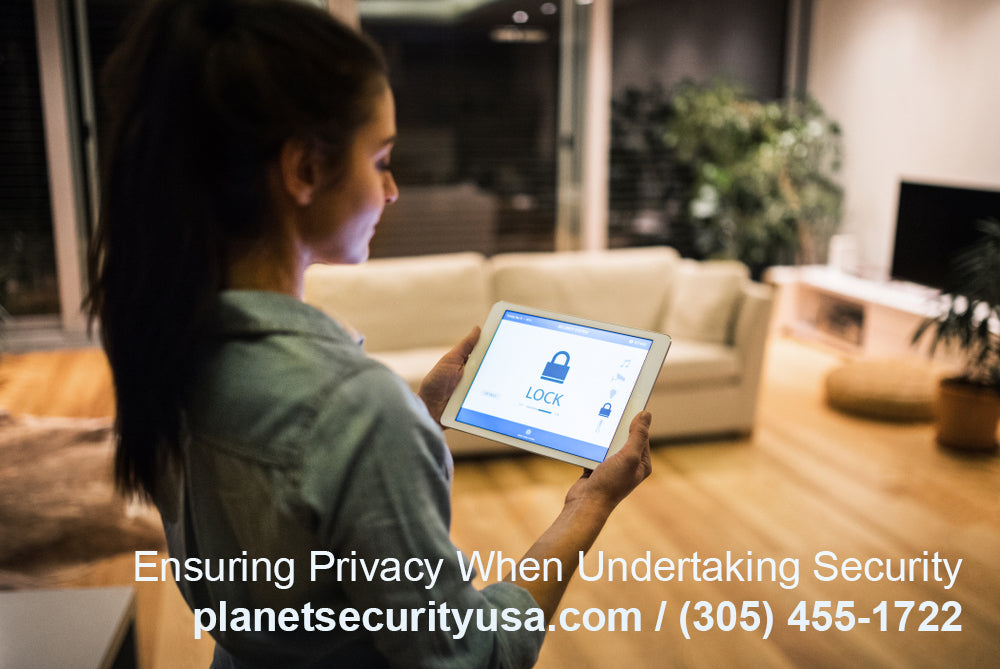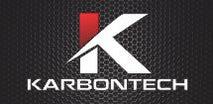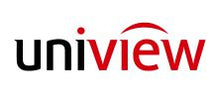You have no items in your shopping cart.

Security and privacy aren’t two things that people necessarily associate with one another, often thinking that the two are mutually exclusive. Privacy is always a major concern in the surveillance world, but recently public awareness of their rights has also become a major focus, and this has translated into companies taking note of how they are trying to safeguard their customers’ privacy. This is to protect their brands as well as to protect their customers. In turn, there is more pressure on organizations to secure this data.
Understanding How Surveillance is Being Used
No matter where you turn in public places, you are likely to see a number of surveillance cameras all over the place. Companies put them up for a number of reasons. Some institutions use them to monitor against criminal activity. Some use it to observe the daily operations of their businesses or to simply make sure business is running smoothly. Many people have come to accept that when they walk into a public space, surveillance cameras are present and they are being recorded at any given time.
As more and more customers purchase cameras and surveillance systems, manufacturers and sellers of this equipment have the ability to help customers understand how to use these systems efficiently and what the best practices are for having them in their homes and businesses. This type of information includes how to correctly collect, use, and protect any information that they gather from the use of these systems.
Protecting Privacy by Cooperating with Regulations
A number of safeguards and regulations have been put in place to help regulate how the data gathered through surveillance is used, viewed, and stored so that peoples’ rights to privacy are protected. Several technologies exist that can help ensure this, which include dynamic anonymization, permanent masking, and redacting.
Dynamic anonymization: while the video is being played, software is used to help mask the identity of people in the video in real time. If their identities end up being key to an investigation, only those in the proper channels can request that this information be released.
Permanent masking: This is used when the identities of others in the video is not relevant to the aims of the surveillance. It essentially masks the identity of people in the video and then burns the mask into the video so that the masking cannot be undone.
Redaction: where the identities of people are removed after the fact to protect the identities of people not relevant to the investigation.
These are just a number of ways that video surveillance are safeguarding the identities of the people and individuals that they capture on film. Each has its own strengths and weaknesses, but generally each is suited to specific capabilities.





















← Older Post Newer Post →
1 comment
Muchas gracias. ?Como puedo iniciar sesion?